Imagine time as a landscape: long hills of open afternoons, unfenced horizons of hours, the vast and immaculate freedom of time which, until so very recently, all of humanity knew. But foreshorten the horizons, fence the days, restrict the hours, erect deadline, add punctuality, alarm clocks and speed -- enclose the commons of time, in other word -- and people will feel pressured, even if they know how to live in a clock-driven world.
Every generation of children instinctively nests itself in
nature, no matter matter how tiny a scrap of it they can grasp. In a tale of
one city child, the poet Audre Lord remembers picking tufts of grass which
crept up through the paving stones in New York City and giving them as bouquets
to her mother. It is a tale of two necessities. The grass must grow, no matter
the concrete suppressing it. The child must find her way to the green, no
matter the edifice which would crush it.
The Maori word for placenta is the same word for land, so at birth the placenta is buried, put back in the mothering earth. A Hindu baby may receive the sun-showing rite surya-darsana when, with conch shells ringing to the skies, the child is introduced to the sun. A newborn child of the Tonga people 'meets' the moon, dipped in the ocean of Kosi Bay in KwaZulu-Natal. Among some of the tribes of India, the qualities of different aspects of nature are invoked to bless the child, so he or she may have the characteristics of earth, sky and wind, of birds and animals, right down to the earthworm. Nothing is unbelonging to the child.
"My oldest memories have the flavor of earth," wrote Frederico García Lorca. In the traditions of the Australian deserts, even from its time in the womb, the baby is catscradled in kinship with the world. Born into a sandy hollow, it is cleaned with sand and "smoked" by fire, and everything -- insects, birds, plants, and animals -- is named to the child, who is told not only what everything is called but also the relationship between the child and each creature. Story and song weave the child into the subtle world of the Dreaming, the nested knowledge of how the child belongs.
The threads which tie the child to the land include its conception site and the significant places of the Dreaming inherited through its parents. Introduced to creatures and land features as to relations, the child is folded into the land, wrapped into country, and the stories press on the child's mind like the making of felt -- soft and often -- storytelling until the feeling of the story of the country is impressed into the landscape of the child's mind.
That the juggernaut of ants belongs to a child, belligerently following its own trail. That the twitch of an animal's tail is part of a child's own tale or storyline, once and now again. That on the papery bark of a tree may be written the songline of a child's name. That the prickles of a thornbush may have dynamic relevance to conscience. That a damp hollow by the riverbank is not an occasional place to visit but a permanent part of who you are. This is the beginning of belonging, the beginning of love.
In the art and myth of Indigenous Australia, the Ancestors seeded the country with its children, so the shimmering, pouring, circling, wheeling, spinning land is lit up with them, cartwheeling into life.
Land can make someone who they are, can create their psyche, giving them fragments of themselves. On losing this, Indigenous Tasmanian Errol West writes: "There is no one to teach me the songs that bring the Moon bird, the fish or any other thing that makes me what I am." Shatter the relation to land and you shatter personalities like a smashed wing-mirror kicked into the dust.
The Maori word for placenta is the same word for land, so at birth the placenta is buried, put back in the mothering earth. A Hindu baby may receive the sun-showing rite surya-darsana when, with conch shells ringing to the skies, the child is introduced to the sun. A newborn child of the Tonga people 'meets' the moon, dipped in the ocean of Kosi Bay in KwaZulu-Natal. Among some of the tribes of India, the qualities of different aspects of nature are invoked to bless the child, so he or she may have the characteristics of earth, sky and wind, of birds and animals, right down to the earthworm. Nothing is unbelonging to the child.
"My oldest memories have the flavor of earth," wrote Frederico García Lorca. In the traditions of the Australian deserts, even from its time in the womb, the baby is catscradled in kinship with the world. Born into a sandy hollow, it is cleaned with sand and "smoked" by fire, and everything -- insects, birds, plants, and animals -- is named to the child, who is told not only what everything is called but also the relationship between the child and each creature. Story and song weave the child into the subtle world of the Dreaming, the nested knowledge of how the child belongs.
The threads which tie the child to the land include its conception site and the significant places of the Dreaming inherited through its parents. Introduced to creatures and land features as to relations, the child is folded into the land, wrapped into country, and the stories press on the child's mind like the making of felt -- soft and often -- storytelling until the feeling of the story of the country is impressed into the landscape of the child's mind.
That the juggernaut of ants belongs to a child, belligerently following its own trail. That the twitch of an animal's tail is part of a child's own tale or storyline, once and now again. That on the papery bark of a tree may be written the songline of a child's name. That the prickles of a thornbush may have dynamic relevance to conscience. That a damp hollow by the riverbank is not an occasional place to visit but a permanent part of who you are. This is the beginning of belonging, the beginning of love.
In the art and myth of Indigenous Australia, the Ancestors seeded the country with its children, so the shimmering, pouring, circling, wheeling, spinning land is lit up with them, cartwheeling into life.
Land can make someone who they are, can create their psyche, giving them fragments of themselves. On losing this, Indigenous Tasmanian Errol West writes: "There is no one to teach me the songs that bring the Moon bird, the fish or any other thing that makes me what I am." Shatter the relation to land and you shatter personalities like a smashed wing-mirror kicked into the dust.
From song, from dream, from elements of earth and water,
spirit-children are immanent in the land. They are left there by the Ancestors
of the Dreaming, who sang their way across the land, leaving an imprint of
music like an aural footstep. And sometimes a woman who has already physically
conceived a child chances to step in that same footstep, and, if she does, part
of the song and the spirit-child leap up into her so she feels a quickening,
sharp as an intake of breath at a kick within, sweet as a night surprised by
song. Sometimes it is the father who, seeing something unusual – a particularly
large fish or an animal behaving strangely – may know it as an indication of a
spirit-child. Or a man walking by a lake may find a spirit-child jumping into
his mind, which he will send in a dream to his wife, inseminating the
spirit-child within her. Then the Lawmen, the knowers of the songline which the
father or mother was on, can tell which stanzas of the song belong to that
child, its conception totem and, in that sinuous reflexivity of belonging, its
quintessential home.
To be born is, in Latin, nasci, and the word is related
to natura, so birth, nature, the laws of nature and the idea of an essence
are related. It is as if language itself has embedded birth in the natural
world. In the Amazon, people say childbirth should always take place in the
forest-gardens so the condensed energy of the plants can nourish the child. In New
Guinea, future generations are called "our children who are still in the soil" and when I was in West Papua, the western half of the island, I was told that
in the Dani language the expression for digging potatoes is the same as that
for giving birth to a child. Women say they can sometimes hear the unearthed
potatoes, which are always handled gently, calling out to them, the land
singing things into being to be mothered into the world.
Legends of childhood across the world suggest whole
landscapes lit with incipience. Everywhere is potential, beginningness. It may
be the inheld energy of an acorn or the liquid and endless possibilities of
water; it may be the fattening of a potato in the secret earth or the leaping
of a salmon which is the child Taliesin – in whatever form it takes, the land
itself is kindling children. In Indigenous Australian culture, there is a
common idea that the land is mentor, teacher and parent to a child. People talk
of being "grown up by" their land; their country as kin.
So do English-speakers – without quite realizing it. A child
may be looked after by its "kith and kin," we say, as if both terms meant
family or relations. Not so. "Kith" is from the Old English cydˉdˉ, which
can mean kinship but which in this phrase means native country – one’s home
outside the house – but no one I have yet met has known that meaning. This
sense of belonging has nothing whatsoever to do with a nation state or
political homeland, but rather with one’s immediate locale, one’s square mile,
the first landscape which we know as children. W. H. Auden wrote of this as "Amor Loci," the love of his childhood landscape. Kith kindles the kinship
which children so easily feel for the natural world and without that kinship,
nature also loses out, bereft of the children who grow up to protect it.
Jay Griffiths, from A Country Called Childhood: Children and the Exuberant World











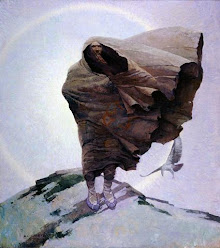













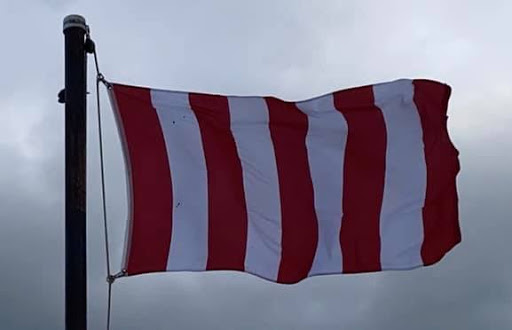
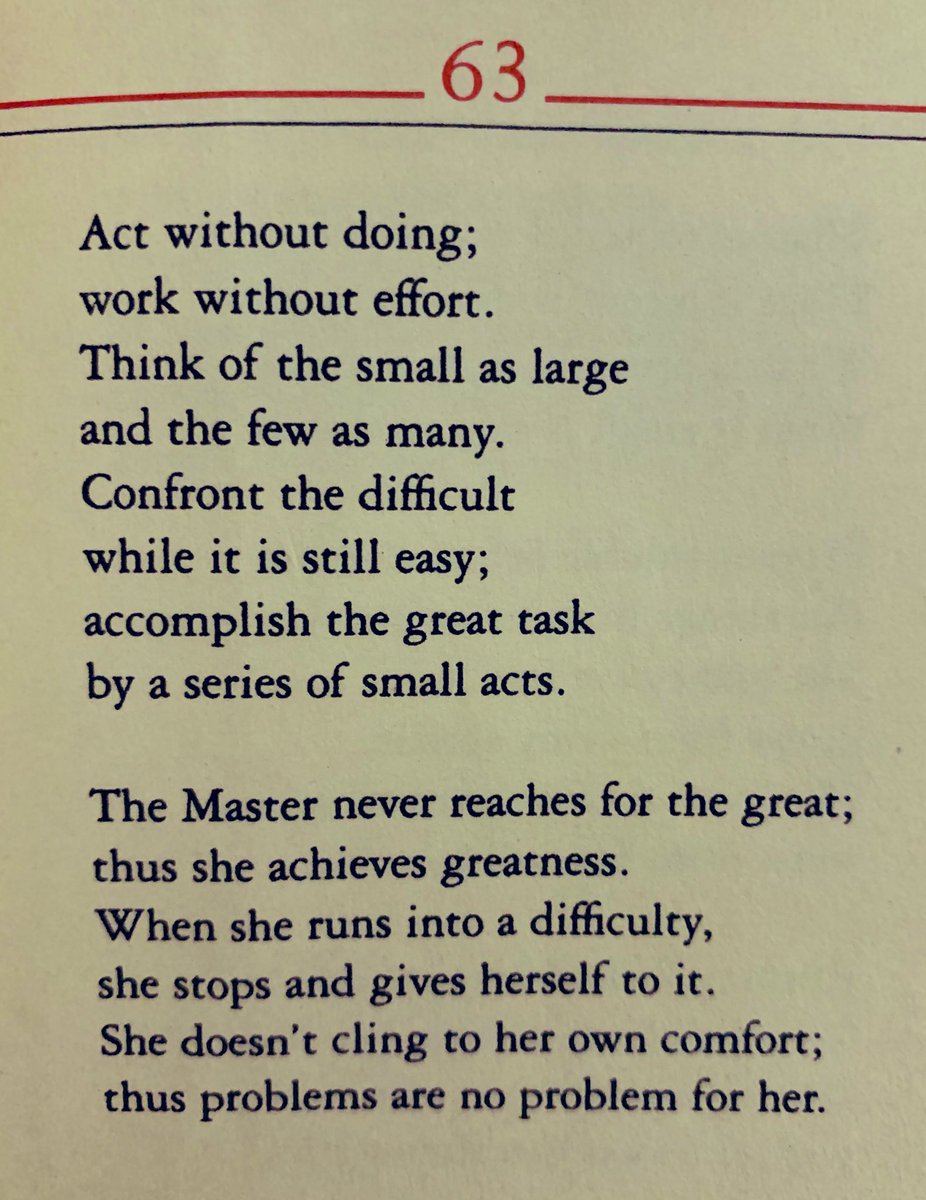









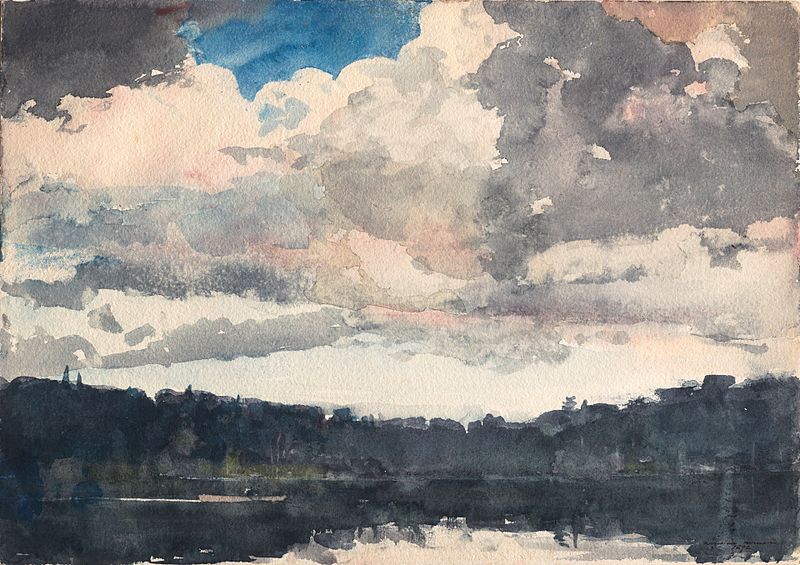





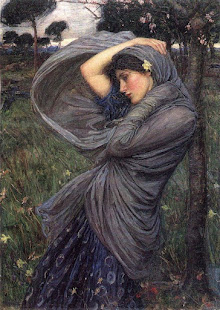





















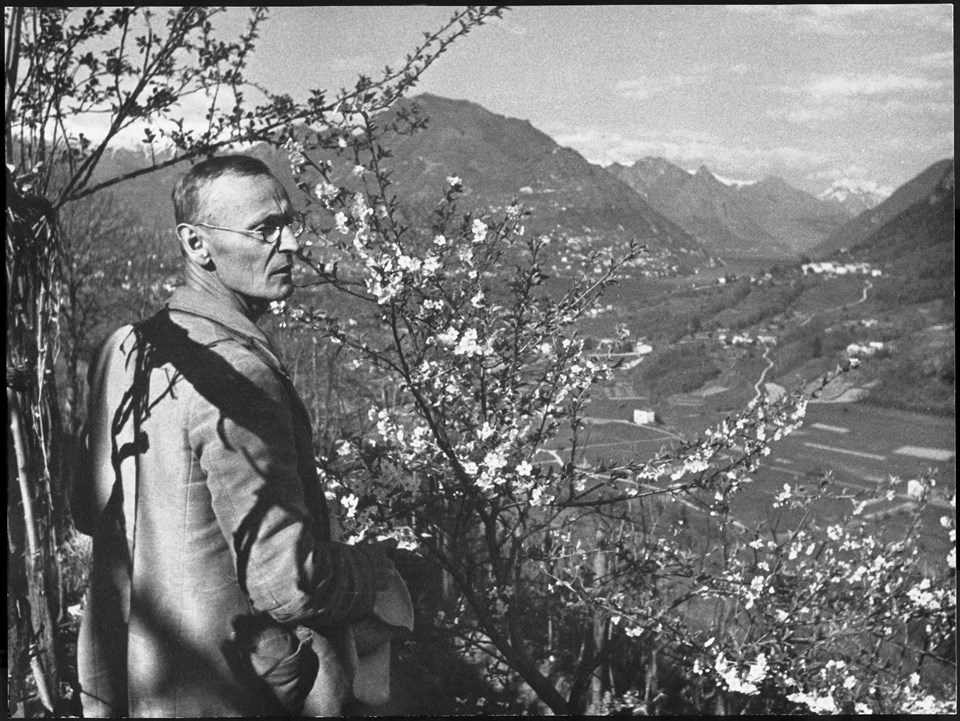


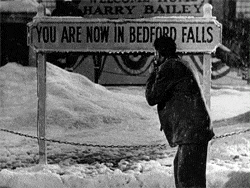







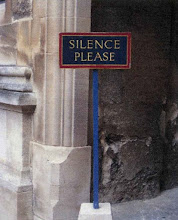









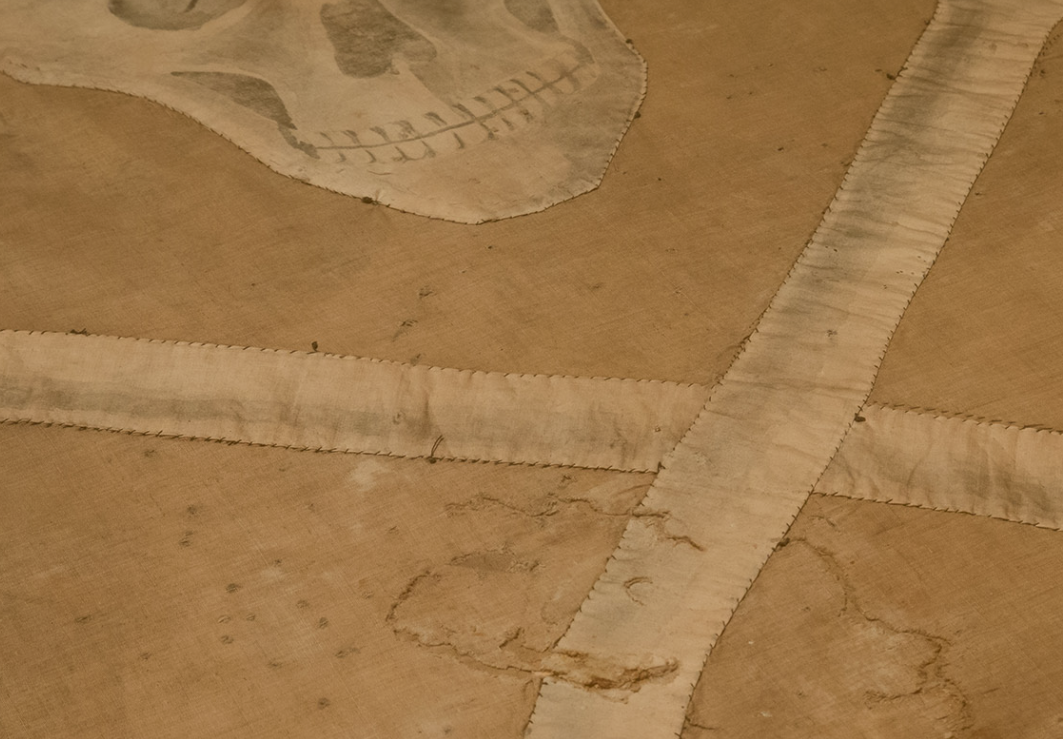

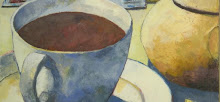
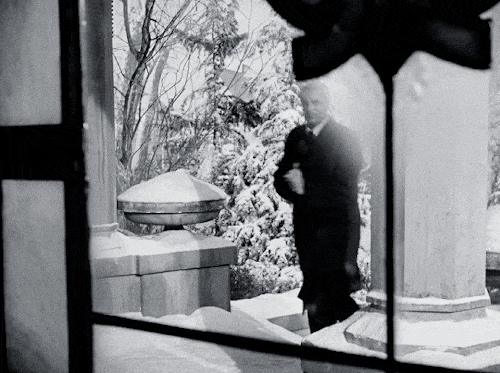


















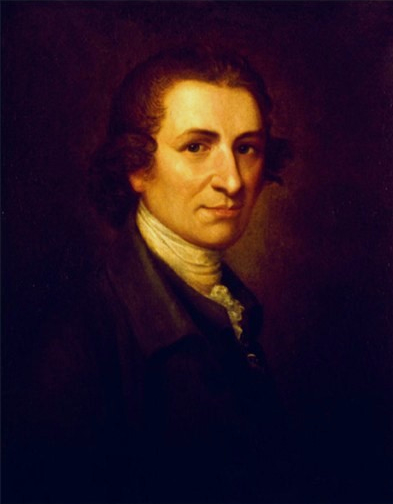






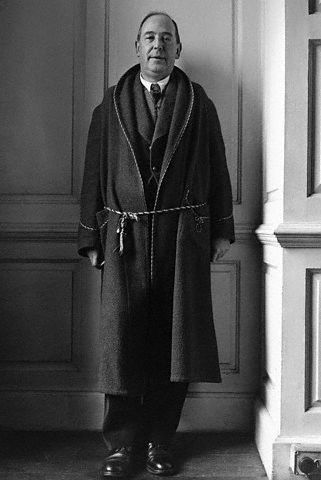



No comments:
Post a Comment